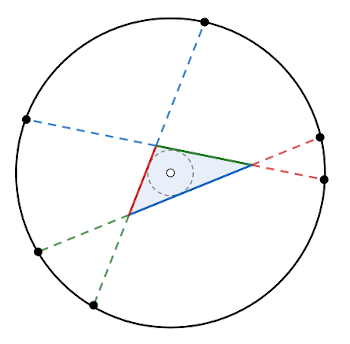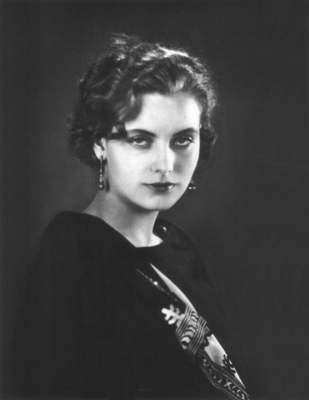When a tornado struck Mayfield, Ohio, in 1842, Western Reserve College mathematician Elias Loomis noticed that several fowl had been picked almost clean of their feathers. To find out what wind velocity could accomplish this, he charged a cannon with 5 ounces of gunpowder and inserted a freshly killed chicken in place of a ball:
As the gun was small, it was necessary to press down the chicken with considerable force, by which means it was probably somewhat bruised. The gun was pointed vertically upwards and fired; the feathers rose twenty or thirty feet, and were scattered by the wind. On examination they were found to be pulled out clean, the skin seldom adhering to them. The body was torn into small fragments, only a part of which could be found. The velocity is computed at five hundred feet per second, or three hundred and forty one miles per hour. A fowl, then, forced through the air with this velocity, is torn entirely to pieces; with a less velocity, it is probable most of the feathers might be pulled out without mutilating the body.
“If I could have the use of a suitable gun I would determine this velocity by experiment,” he ended. “It is presumed to be not far from a hundred miles per hour.”
(Elias Loomis, “On a Tornado Which Passed Over Mayfield, Ohio, February 4th, 1842,” American Journal of Science 43:2 [July-September 1842], 278-301.)






